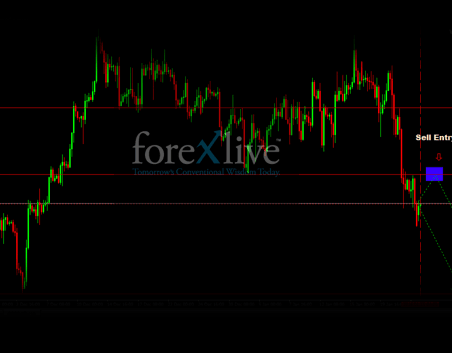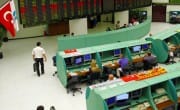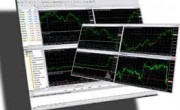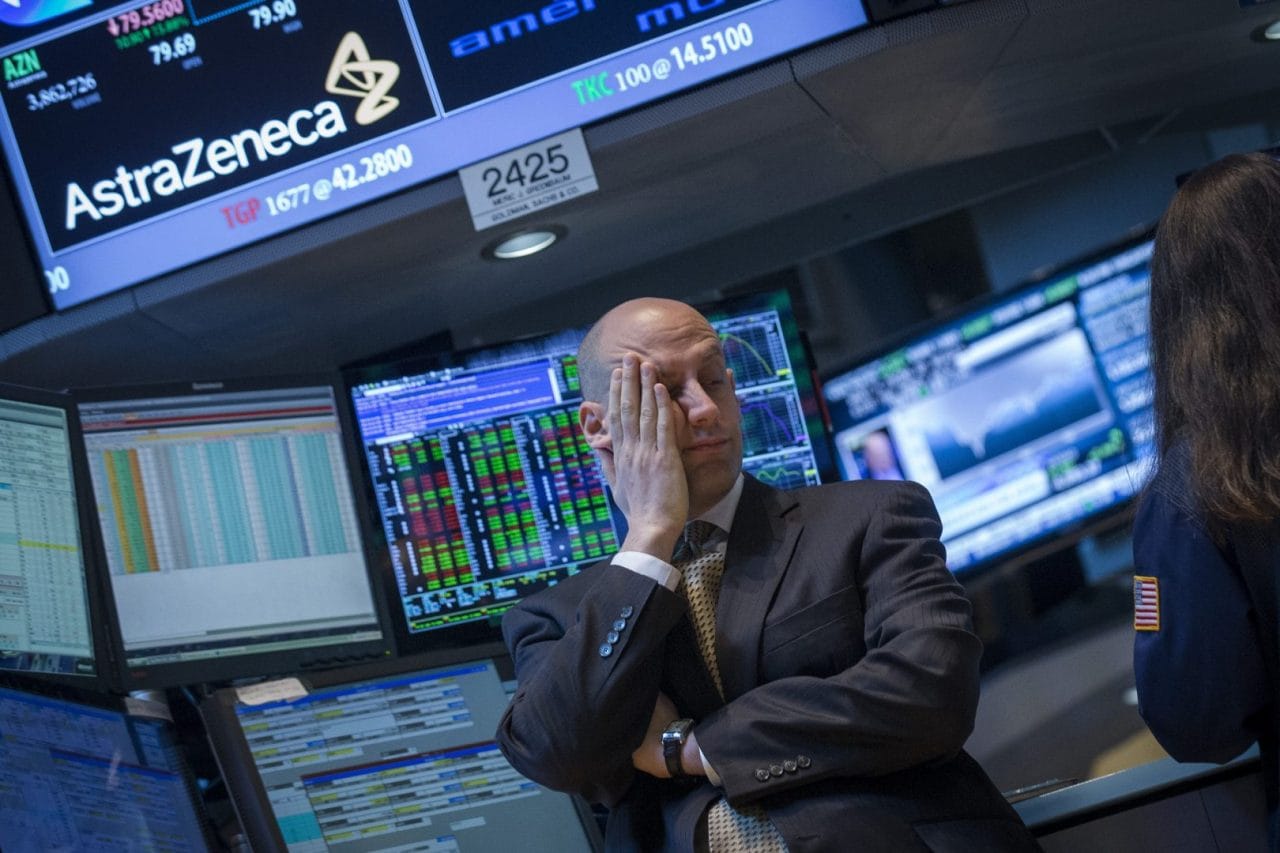
There’s a reason why you hear the talking heads on financial TV interviewing traders about their current sentiment and whether they feel it is a ‘risk on’ or ‘risk off’ environment.
Simply put, “Risk-on risk-off is an investment setting in which price behavior responds to and is driven by changes in investor risk tolerance. Risk-on risk-off refers to changes in investment activity in response to global economic patterns. During periods when risk is perceived as low, the risk-on risk-off theory states that investors tend to engage in higher-risk investments; when risk is perceived to be high, investors have the tendency to gravitate toward lower-risk investments,” as our friends at Investopedia described it.
At the Lex Van Dam Academy, they agree that it is essential to be aware of this and incorporate a systematic assessment of risk before placing your trades, even in markets in isolation. That’s why they devised their Market Risk Checklist that it is available to Trading Club members in their Monthly Report so that investors know which trades to make, and equally importantly, which ones to avoid in the month ahead.
This week’s analysis carried out by the Academy shows how effective this was in alerting all consumers to the danger of an indiscriminate sell-off in risk assets like equities and crude oil as we came into October. The Checklist this month shows a negative score of -2, suggesting that ‘safety trades’ should outperform ‘risk trades’.
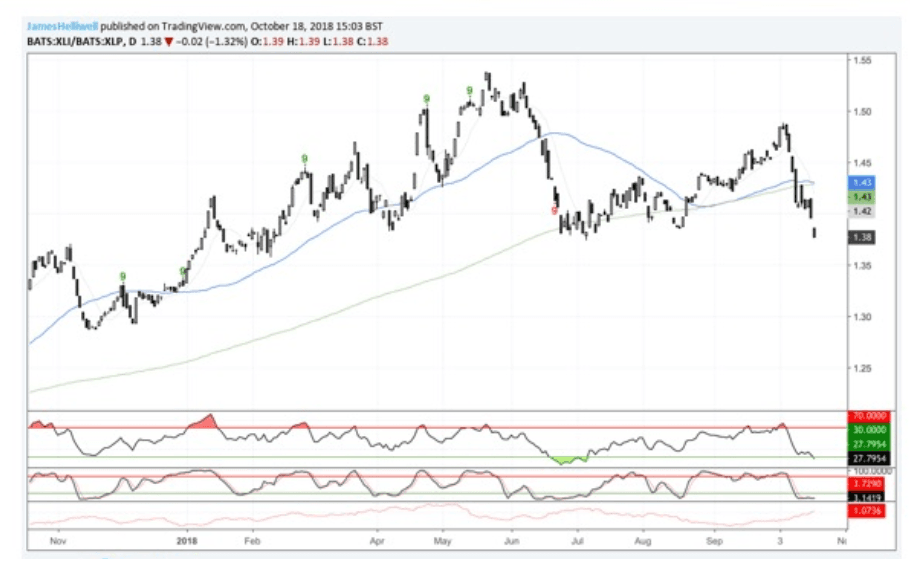
As it can be seen, the ‘risk vs safety’ pair that it should follow in the form of the S&P 500 Industrials vs Consumer Staples ETF (XLI/XLP) ratio has corresponded with clear underperformance since the beginning of the month.
Elsewhere in their Monthly Checklist Report, crude oil (a ‘risk on’ trade) had an extremely negative score in its own right, which meant that this could be one of the best ‘risk markets’ to consider shorting at the time of the report…which is exactly where the big money has been made trading crude so far.
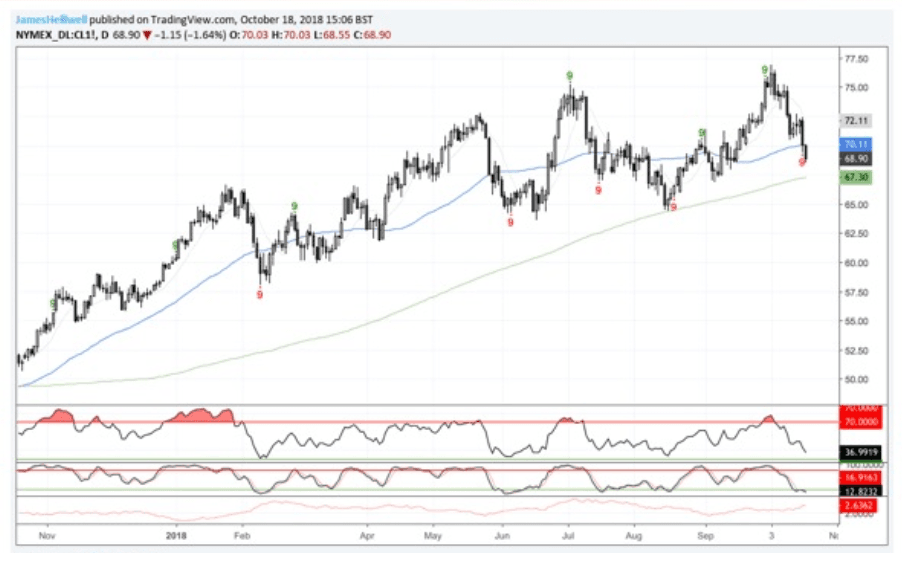
Looking to other asset classes, the VIX (aka the ‘fear gauge’) demonstrated how risk sentiment broadly speaking had deteriorated with an increase above the key 20 level towards a high of around 30… which naturally corresponded to the drop we saw in the S&P 500 Index, and other equity benchmarks (‘risk trades’) globally.
Tradersdna is a leading digital and social media platform for traders and investors. Tradersdna offers premiere resources for trading and investing education, digital resources for personal finance, market analysis and free trading guides. More about TradersDNA Features: What Does It Take to Become an Aggressive Trader? | Everything You Need to Know About White Label Trading Software | Advantages of Automated Forex Trading


























